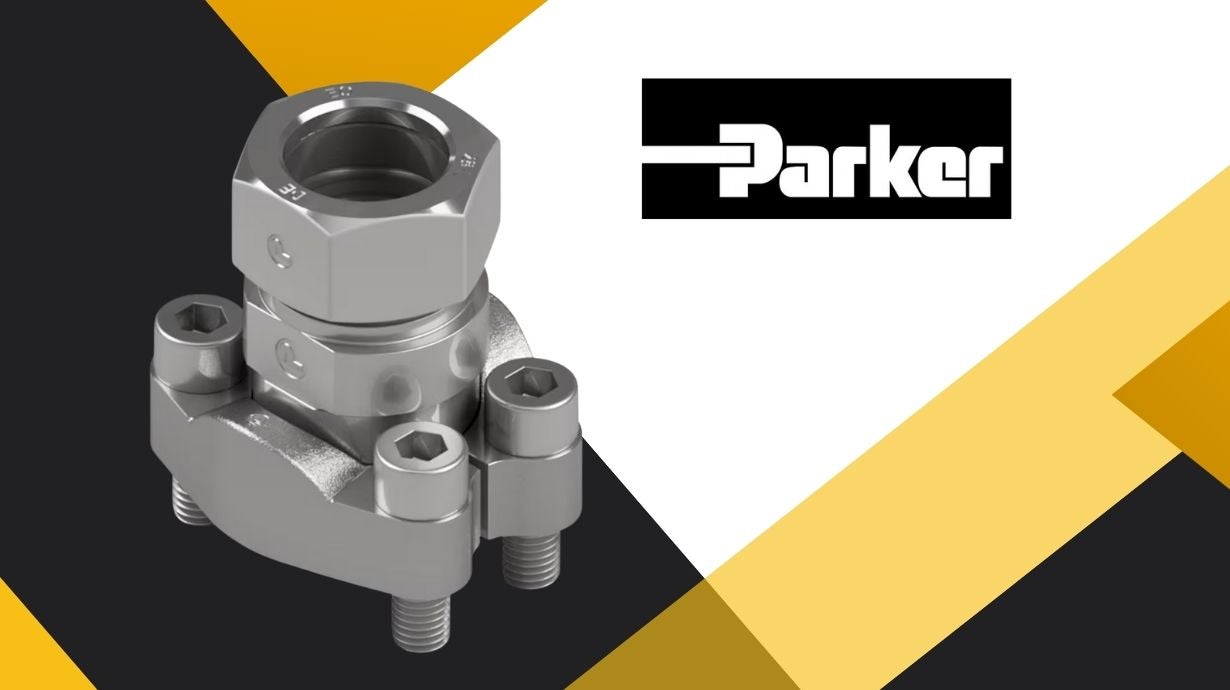Code 61 vs. Code 62 Flanges: Understanding the Critical Differences

SAE 4-bolt flanges provide a robust, leak-free connection for high-pressure hydraulic applications. There are two primary standards these flanges fall under: Code 61 and Code 62. While they may appear similar at first glance, understanding the key distinctions between Code 61 and Code 62 flanges is vital for engineers and technicians. Using the wrong flange can lead to costly leaks, premature system failure, and even safety risks. At Triad, we're here to help you navigate these differences with confidence.
The most fundamental distinction between Code 61 and Code 62 flanges is their pressure rating. Code 61 flanges are engineered for applications with working pressures up to 5,000 psi (350 bar), while Code 62 flanges are designed for more demanding systems, handling pressures up to 6,000 psi (420 bar). Despite being visually similar, Code 62 flanges are generally larger and more robust than their Code 61 counterparts in every size. This includes a greater flange head diameter and thickness.
While both designs utilize four bolts for connection and an O-ring for sealing the flange head to the machine face, they are not interchangeable. Each flange features distinctive bolt hole patterns and requires different fastener sizes (both diameter and length) for a secure connection. For optimal performance, ensure you're using the right fasteners: Hex Head Cap Screws (commonly called "Hex Bolts") should be at least grade 5, or if you opt for Socket Head Cap Screws (sometimes called "Machinists Screws"), they need to be grade 8 to provide a secure hold. In addition to unique bot hole patterns, these flanges also have unique clamp layouts, designed to match their specific bolt hole patterns, bolt sizes, flange diameters, and thicknesses. Even the O-ring sizes are unique. Essentially, each code represents a matched set of components, none of which can be cross-applied from Code 61 to Code 62, or vice versa.
Here is a more technical breakdown of the distinctions between these two types of flange:
| SAE Code 61 Flange | SAE Code 62 Flange | |
| Pressure Rating | Commonly 500 - 5000 PSI (35 - 350 bar) | Up to 6,000 PSI (420 bar) |
| Duty | Standard Duty / Light Duty | Heavy Duty |
| Bolt Pattern | Bolts & O-Ring Sizing Specific to Code 61 | Bolts & O-Ring Sizing Specific to Code 62 |
| Size Range | 1/2” to 5” | 1/2” to 3” |
| ISO Standard | ISO 6162-1 | ISO 6162-2 |
| SAE Standard | SAE J518 Code 61 | SAE J518 Code 62 |
An easy way to ensure you have the right components for your fitting is with a flange fitting accessory kit. For example, Parker’s 5151HK-16 kit contains all of the accessory components a -16 Code 61 connector, including the correct seal, approved fasteners, and two clamping halves. This ensures that you have all the correct components for a secure connection. Similar accessory kits are available for Code 62 and the ISO standard metric versions of these connectors.
While SAE Code 61 and Code 62 set common standards, some heavy equipment manufacturers such as Caterpillar and Komatsu utilize flange connectors that are proprietary and don’t align with SAE/ISO specifications. For example, the CAT Flange is a spin-off of the Code 62. It shares the same flange diameter but is notably thicker, meaning you'll need deeper clamps and longer fasteners to secure it, and it even uses a specialized seal. Similarly, Komatsu has its own unique flange design, which is a variation of the Code 61. If your equipment utilizes these types of connections, be sure to always use manufacturer-recomended products to ensure a safe and secure seal.
Interchanging Code 61 and Code 62 flanges is a common, yet critical, mistake. Even if they appear to "fit" visually, their differing bolt patterns and pressure ratings mean they will not create a secure or safe connection. This can lead to:
Leaks: The most immediate and common consequence, a hydraulic leak will lead to fluid loss, environmental contamination, and reduced efficiency.
Component Damage: Misaligned bolts can stress and damage the flange and mating components.
System Failure: In high-pressure applications, a compromised flange can fail catastrophically, leading to downtime, costly repairs, and potential safety hazards.
Reduced Lifespan: Even if a leak isn't immediately apparent, an improperly matched flange will experience increased stress and wear, significantly shortening its operational life.
At Triad Technologies, we understand the intricacies of hydraulic systems and the importance of using the correct components. As a leading distributor of Parker Hannifin and other trusted flange brands, we offer a comprehensive selection of SAE Code 61 and Code 62 flanges, hose products, fluid connectors, hose assemblies, and more. Our team of experts is ready to assist you in identifying the ideal flange for your specific application, ensuring optimal performance and safety. Don't compromise on the integrity of your hydraulic system. Contact us today to speak with our knowledgeable specialists about your flange requirements.